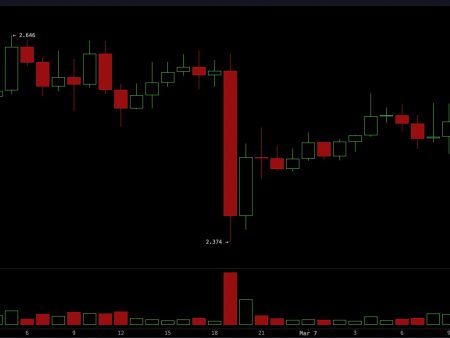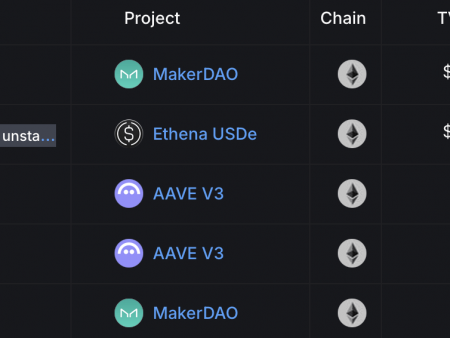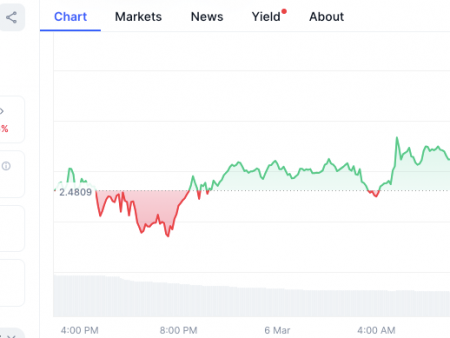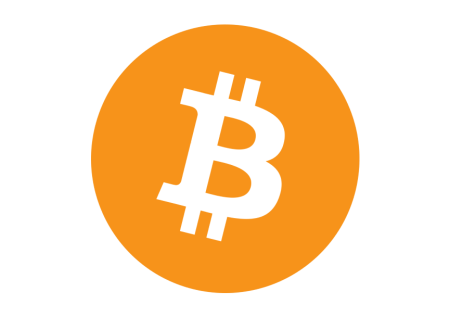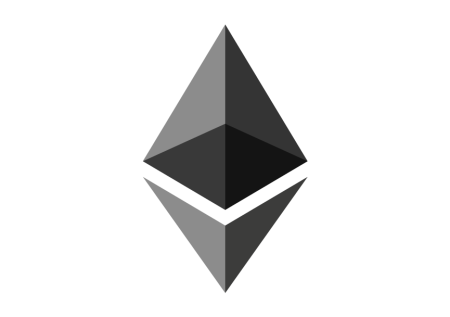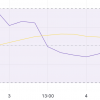Jito (JTO) had a quick intraday rally after talking about possible ransom. Token rose after the participant in the Jito Foundation raised a discussion of ransom and remuneration.
Jito (JTO), the native token of the jitosol validator, grew to $ 2.60 after 7% of the intraday rally. JTO is waiting for a breakthrough, but is now managing short -term rallies. Immediately after the news, Kit’s order absorbed more than 161 thousand JTO on Binance.
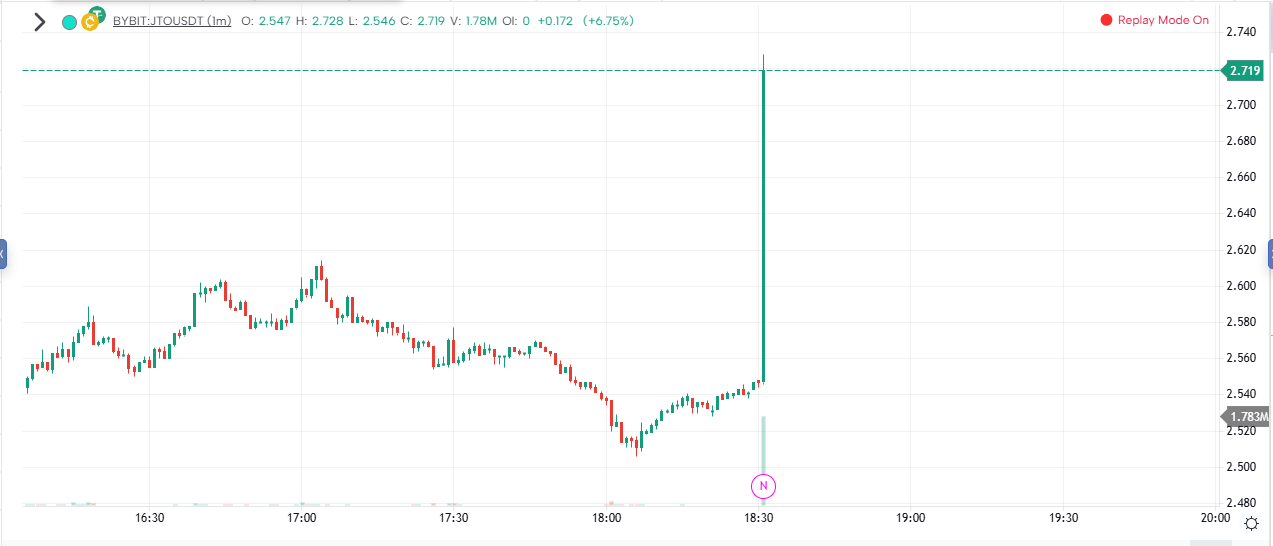
An employee of the Jito Foundation issued a discussion on the forum of potential JTO ransom or other forms of redistribution of income. The JITO and DAO community have already proposed various changes in tokenomics to benefit more ecosystem participants.
The participant indicated that his position is not a representative of the Jito Foundation, Jito Tao or any other related organizations.
“Jito is in a unique position. There are not many examples of Defi ecosystems that have brought as much real value as the JITO network, and most of them are modern SOLANA projects with a limited track record that you can study, ”wrote the Endrot forum.
The study noted that Jito was not only the Builder of the MEV and the validator, but also transferred 40% SOL to the fluid protocols. Jito blocks the total amount of $ 2.37 billion, and the peak exceeds $ 3.6 billion depending on the cost of SOL.
Jito stores its fees to the treasury of Jito Tao, which is then distributed in accordance with the Rules for the Directorate of Tao. The treasury receives funds from Jitosol and Tiprouter. The collected funds are then redistributed by control, spent on special programs or sent to liquidity bullets.
The proposal for new tokenomics offers a more proactive distribution of remuneration or the form of rein to JTO to use the value of token in the ecosystem. The proposal considers the “board” technique, which automatically distributes some fees for tokens. Jito also has the ability to redistribute the cost through the ransom and burns, simulating other successful protocols on Solana or Ethereum.
The employee gave examples of successful redistribution from protocols such as Raydium (Ray) and Pancakeswap (CAKE), which have a switching fee. GMX also pays for fees using a formation mechanism using ETH and AVAX instead of a native token. The Tao also advocates switching the board and can become the largest distributor of the board among Defi projects.
Buyers are also a general method of distribution of fees, recently accepted by another best SOLANA, JUPITER (JUP) protocol. Jupiter’s program removes JUP from the market, although without burning token. The protocol will provide funds within three years to reduce the supply, but will not burn the tokens. In addition, Jupiter should still launch another Jupy in early 2026 with a 700 -meter JUP to enter the market.
Jito is still among the 10 best manufacturers.
Jito was one of the most successful protocols for the production of payments, especially during the Soolana boom in January and February. Since then, the activity has slowed down, and Jito has been producing $ 1.3 million in daily training camps.
Jito’s annual fees surpassed Lidodao from Ethereum, reaching $ 1.04 billion. The protocol receives more than 17 million daily ends, gaining from 1.70 to 12 US dollars per user, depending on the various levels of solar activity. The fee for the jito reached the record in the amount of $ 108.6 million. USA January 20, the time of peak token and DEX activity on Solan.
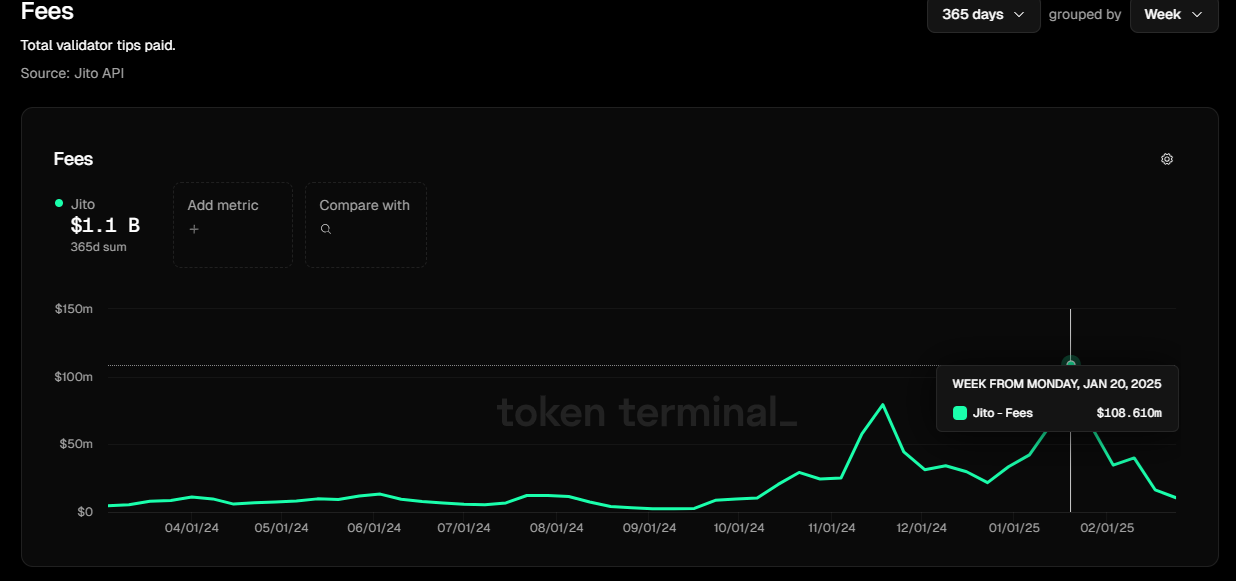
The participant’s study warns that Jito is still a relatively young protocol, and recent unusual benefits can be a one -time event. In addition, the model of Jupiter, where there is a mixture of blocked tokens and new air frames, may not work as intended for the price of token.
Jito fees and income may have to re -adapt to the new levels of saline activity, now that the Meme tokens market has slowed down.
